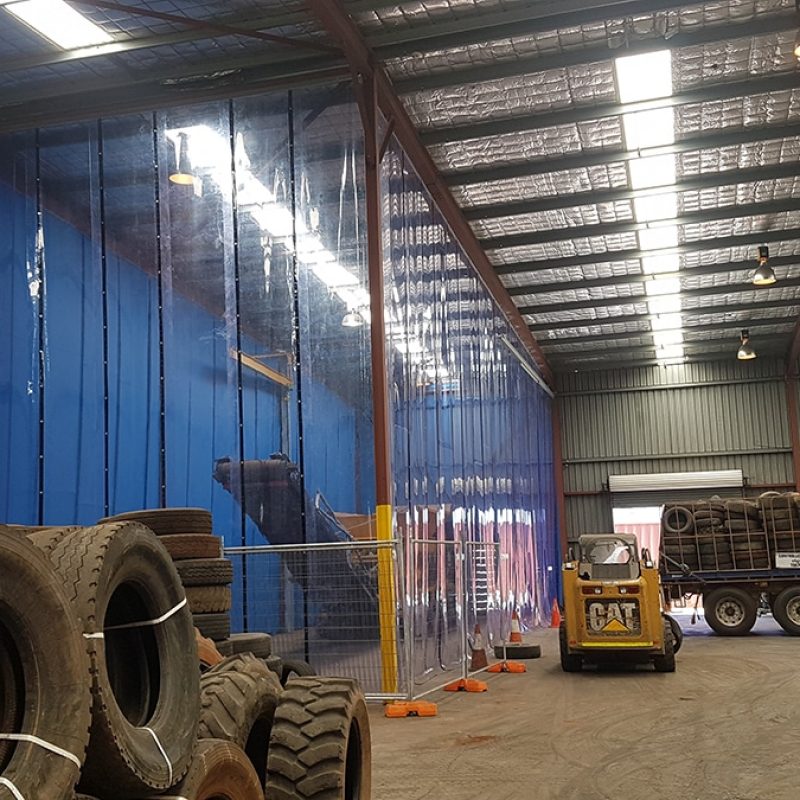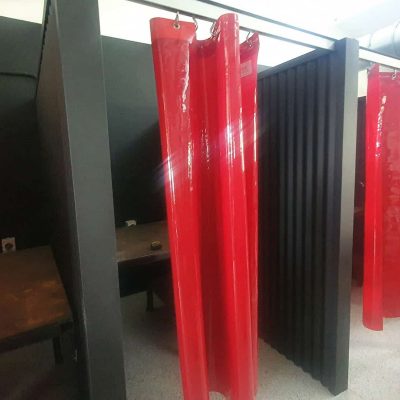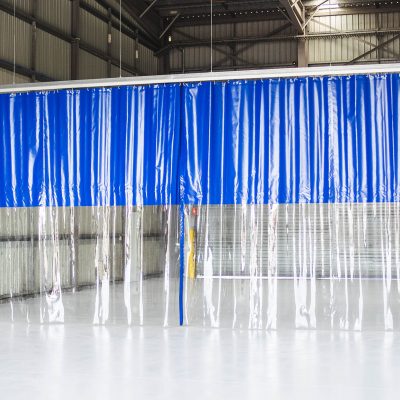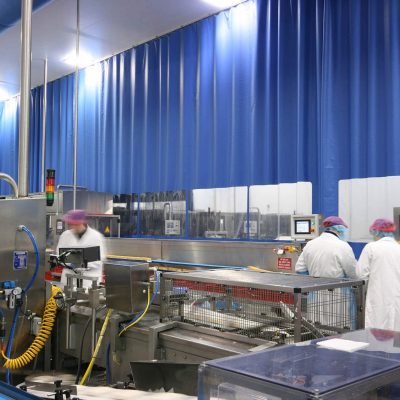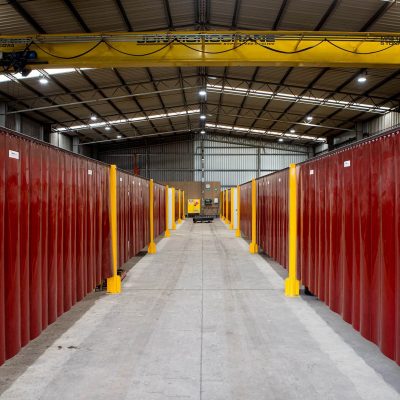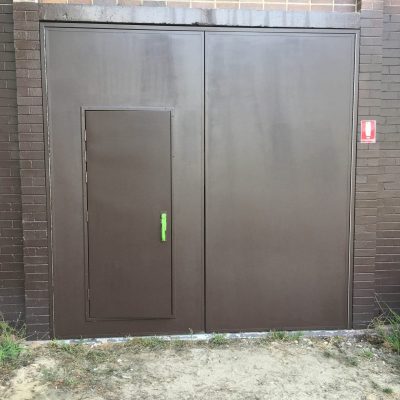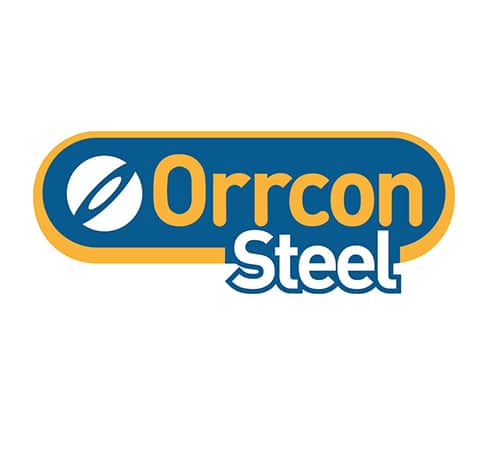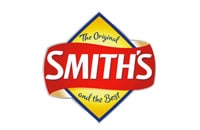Dust Screens for Construction
Dust screens for construction and respirable crystalline silica
Crystalline silica has been referred to as the “new asbestos” in some circles and is understandably being treated very seriously by government and building authorities alike. To mark this point, Australia’s first silica dust code of practice for the construction industry will come into effect in Queensland on May 1st 2023, forcing construction businesses to actively manage the dust generated in their facilities and on their sites.
With those big changes fast approaching, this article looks to delve a little further into the threat posed by respirable crystalline silica and how a dust screen for construction from Flexshield can be used as a part of an effective dust control strategy.
Why is respirable crystalline silica a risk for construction?
To start off, we’ll go over a couple of definitions to make sure we’re clear on what the problem is and who these new codes of practice will affect.
Let’s look at respirable crystalline silica first (also referred to as RCS). The most common form of crystalline silica is quartz, which is found in sand, gravel and clay, and therefore just about every modern building material, including bricks, blocks, mortar, concrete and many types of sheeting.
On its own, crystalline silica isn’t much of a problem, however, inhaling RCS in the dust generated by cutting and grinding these materials can lead to silicosis – an incurable lung disease that can lead to disability and death. RCS can also contribute to lung cancer, renal cancer and chronic obstructive pulmonary disease (COPD).
With the risk of RCS better defined, let’s move on and try to pinpoint who will need to comply with the new codes. The “construction industry” is such a broad and rather vague term that could include a whole range of businesses, so it’s helpful to seek out a more official definition.
The Work Health and Safety Regulation Act of 2011, which sets out requirements and standards for building healthy and safe workplaces, defines construction work as: “Any work carried out in connection with the construction, alteration, conversion, fitting-out, commissioning, renovation, repair, maintenance, refurbishment, demolition, decommissioning or dismantling of a structure.”
How dust screens for construction can be used to reduce RCS risk
Ok, now that we know what RCS is and who will need to control it, where do dust screens for construction come into it? Specifically, how can they be of help for businesses looking to get on top of their silica management in time for May 1st?
Noise Control Solutions for Your Facility
Once again, let’s go to the authorities and see what they say. The new code of practice, which is titled “Managing respirable crystalline silica dust exposure in construction and manufacturing of construction elements”, talks about isolation as being one of the key measures in the hierarchy of controls construction sites must use to minimise worker risk.
They state: “Isolation involves separating the workers from the hazard and work areas. Isolation reduces the number of workers exposed to RCS. Isolation should only be used in combination with engineering controls, such as water suppression or dust extraction.”
The document goes on to list several isolation measures for consideration, including the use of fabrication rooms, conducting work outside where possible, and, of most relevance, the “use of physical or temporary barriers to stop contaminated air from spreading, such as temporary walls or sheeting.”
What type of dust screen does Flexshield offer?
Flexshield PVC dust screens for construction can provide the physical barrier the code of practice is referencing to control airborne dust. They work by either segregating or enclosing the source of dust generation, and dramatically slowing down air velocity to allow dust to settle quicker (thereby reducing the time hazardous materials like respirable crystalline silica remain airborne).
These screens can also be used to segregate process areas such as welding booths, paint spray or wash-down areas, contain heated or conditioned air, and prevent cross-contamination of other hazards such as fumes and chemicals.
A dust screen for construction can be custom-made to suit your exact size and environmental requirements, and uses only the most durable UV resistant and corrosion-resistant materials. Flexshield also has the proven capability to manufacture and supply your screens promptly.
We are proud to work with to some of Australia’s greatest brands


